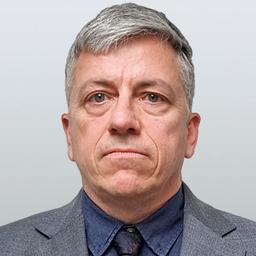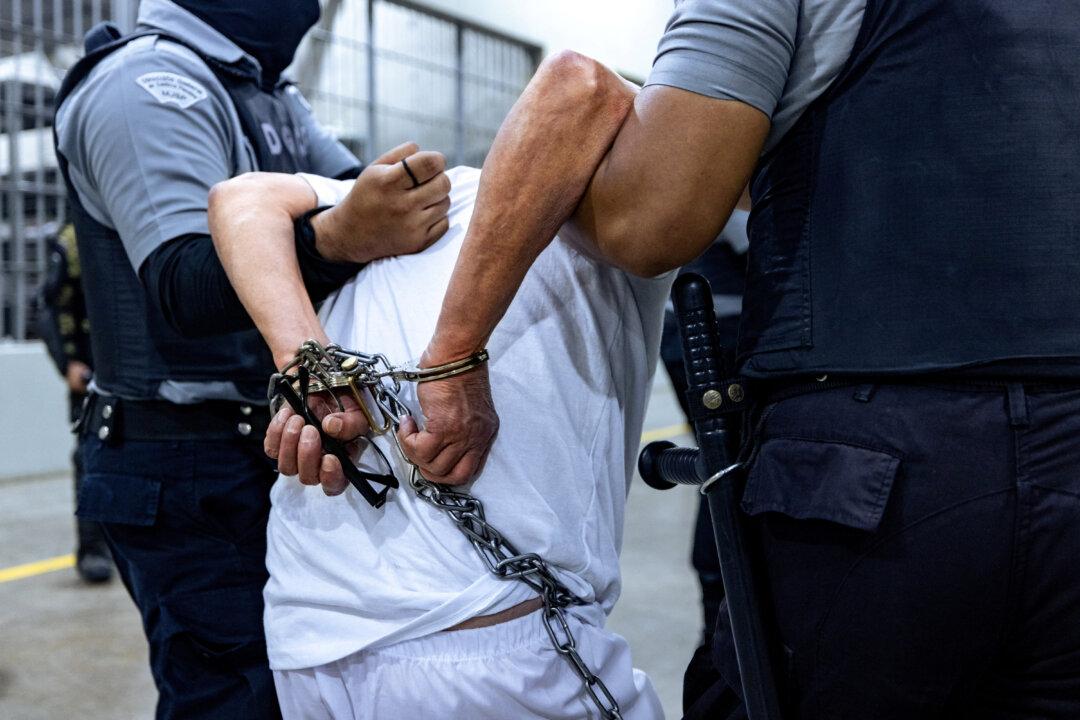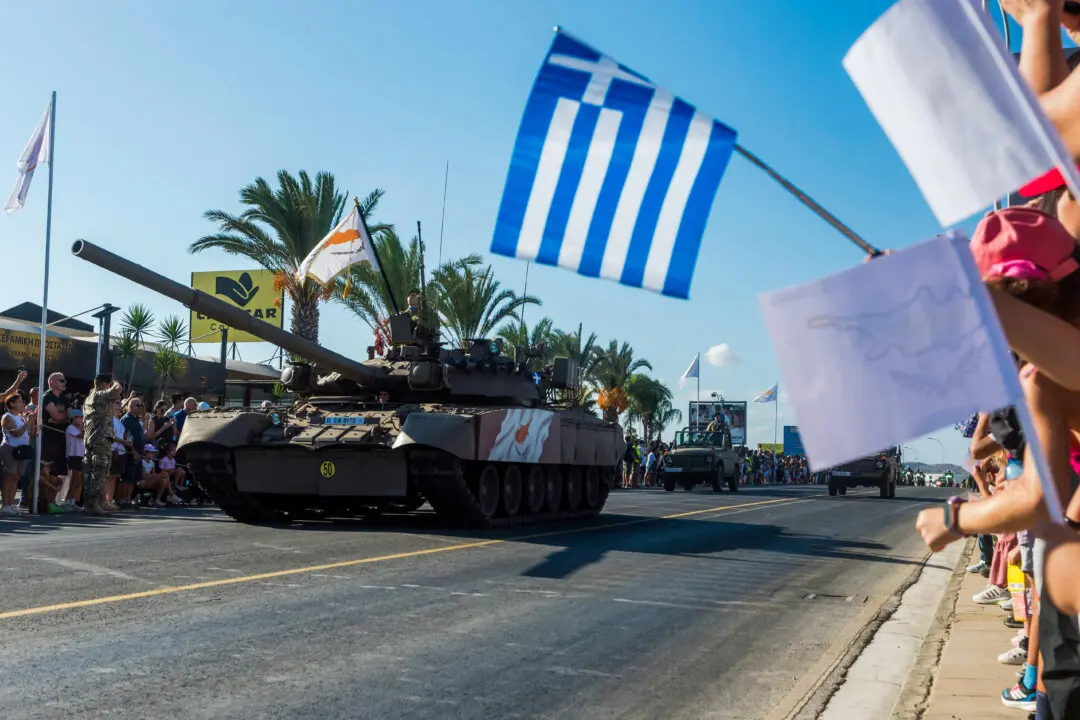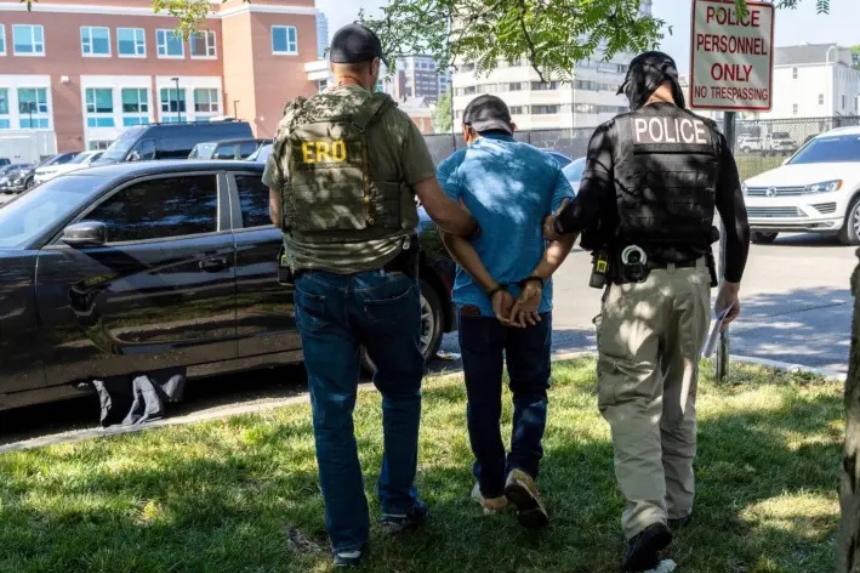A professor of international politics who is an expert on NATO told a UK House of Lords committee on Wednesday the military alliance’s European powers need to take over the responsibility for confronting Russia so that the United States can concentrate on an increasingly belligerent China.
Mark Webber, a professor of international politics at the University of Birmingham, was asked by the chair of the International Relations and Defence Committee, Baroness Anerley, if he thought anything was missing from the recent NATO summit in Madrid.





